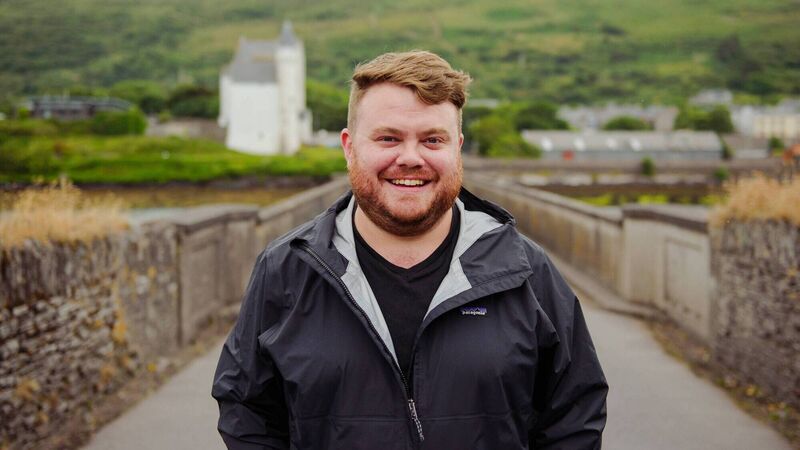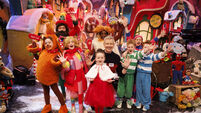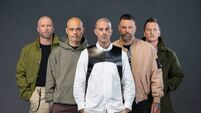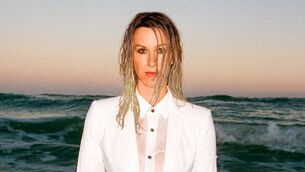Donie O’Sullivan: Five things we learned during the Capitol Man documentary

Donie O'Sullivan: Capitol Man revealed much about the Kerry native
“The insurrection was my first live breaking news story,” Donie says, which is hard to believe given how cool and calm he seemed on our screens at the time. Until then, Donie had only pre-recorded his segments and was at the Capitol for that reason. When the riots broke out, the cameras came to life and Donie was ready.




